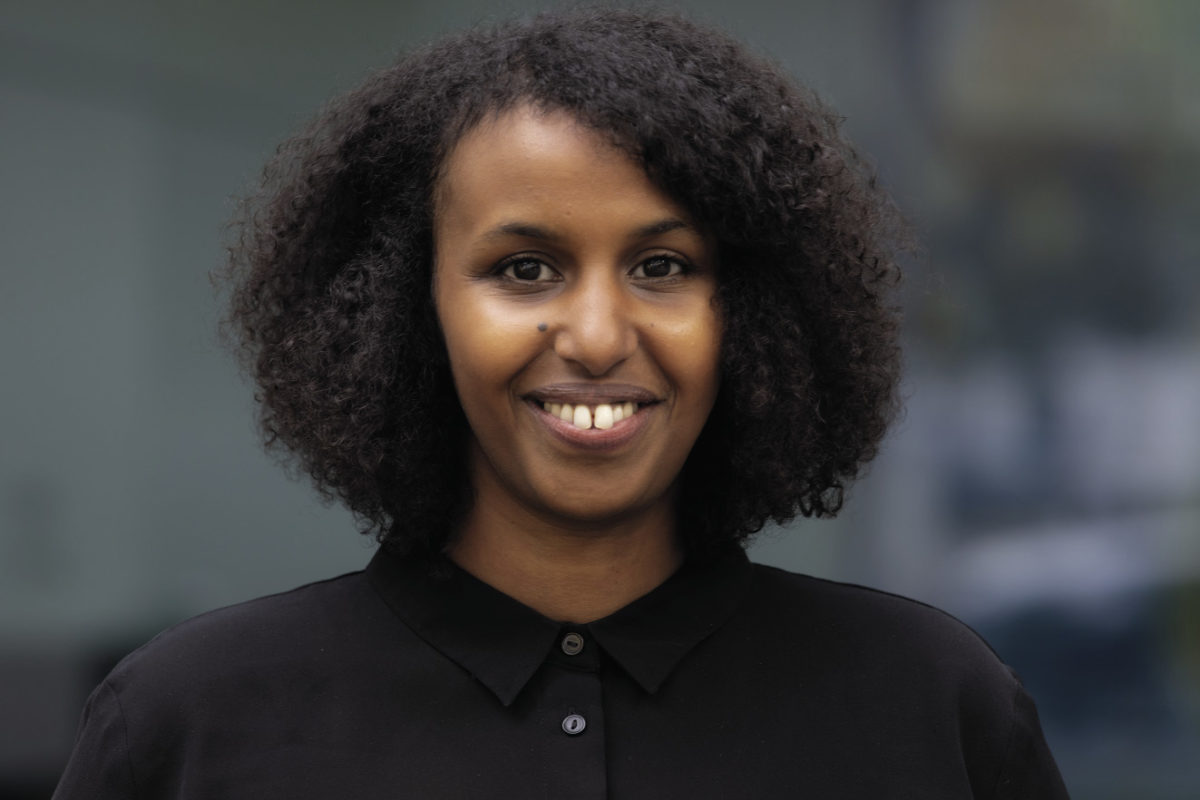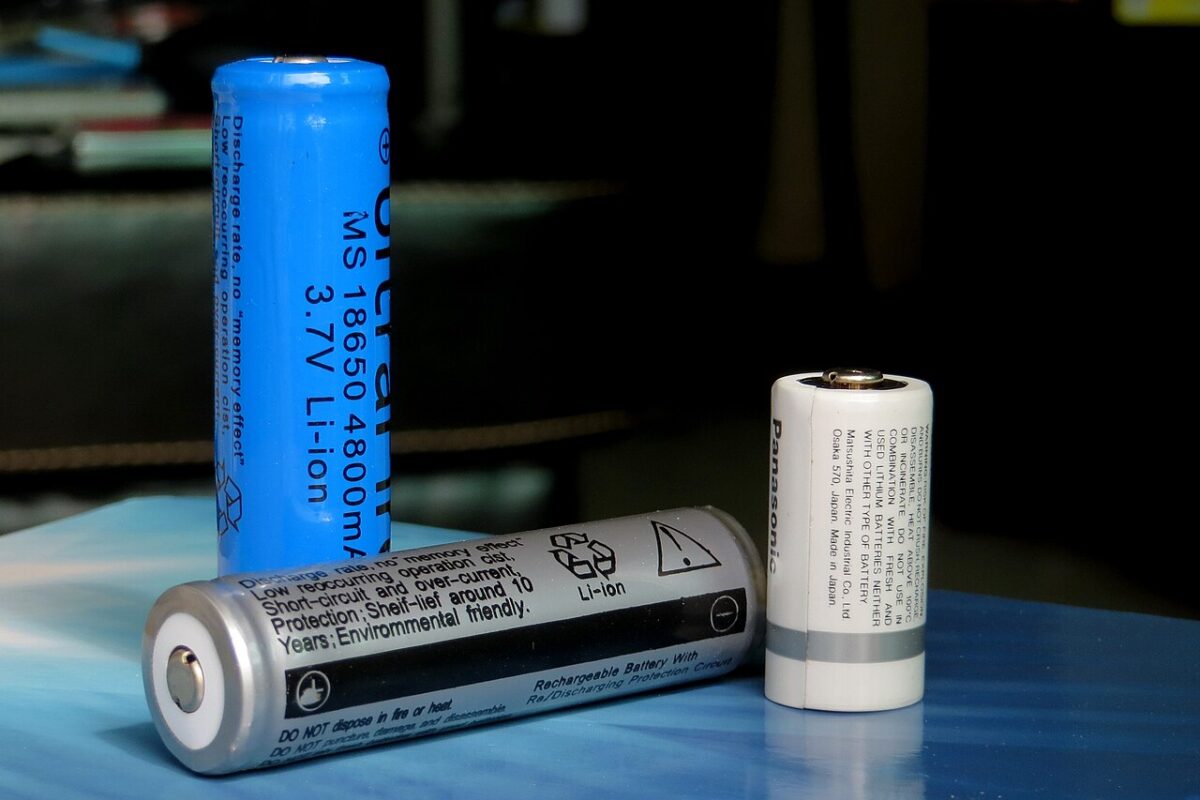From pv magazine 07/2021
You started at BAIP in the latter stages of 2019. What kind of engagement did you have with PV before that time?
Before BAIP, I was a researcher at the University of Kassel, where I studied architecture. In my Masters’ thesis, I began working on activating building materials with PV, and making smart materials. Then I had the idea to make integrating solar into the building materials themselves. Even as a research associate, I worked on activated concrete – to make concrete into a solar cell.
What attracted you to working with PV?
At the beginning I just found it really beautiful! I didn’t have a technical view, but I saw dye-sensitized cells, what they can do, and how they can look. I then understood more and more that PV could be a clean “add on” to buildings. So, first of all it wasn’t the technology that attracted me, but it was really the appearance.
You’ve now taken this interest and this work to the next level at the BAIP consultancy office. How important do you think it is for BIPV to be pushed?
What we see is that buildings consume a lot of energy and have a high impact in terms of CO2 emissions, and that this is global. As a technology, PV is key for architecture to be able to realize clean buildings. At the same time, when we try to implement photovoltaics in an architectural context, BIPV becomes a part of the aesthetic composition of a building.
On a personal level, how does this work resonate with you?
My background is that my parents are from Somalia and I travel there a lot. So, I have seen what climate change is doing to the world. The effects of climate change are already here. My family is nomadic, and they are already struggling with the impacts of climate change.
When I come back to Europe I see that we have the same problem, but we can change it because the Global North caused this problem. So, the impact I can have as an architect is to make buildings clean. We can implement PV into buildings and have an impact in reducing CO2 emissions. And we can help make people accept PV, then we will see more of it and reduce emissions further. I don’t want to be overly dramatic, but I hope we can have an impact on the things I am seeing in Somalia.
Well, I don’t think it is being overly dramatic.
And the reality is dramatic.

How would you describe your role at BAIP since 2019?
My role is that I consult architects, the industry, politicians, planners and engineers as to how PV can be implemented in buildings. I have a design and aesthetic focus, and I can give people opportunities – in a technical way, but even in an aesthetically pleasing way from a design standpoint.
This approach can have an effect in the way that they plan and it can also provide guidelines for realization. And this isn’t input like on a research basis, but practical and technical opportunities that already exist and are already available as industrial products. In a way, it shows them that it is not only a vision for the future, but that there are many building materials that are solar active and can be implemented in their buildings. It is real practical work.
Project level is surely important, but are there broader ways in which you’re working with architects and the construction sector?
That’s right, there is the practical consultancy work, but we also do a lot of education. We work with Chamber of Architects where we’re based in Berlin, but also more widely in Germany – where we provide workshops and seminars, where we present the topics of BIPV from construction, to legal matters, materials, and so on. And in one part we also address the aesthetic value of these materials.
What reaction are you getting from architects and from the construction sector?
They are really surprised. Many architects that attend workshops or seminars, and some have many years of experience, can be overwhelmed by what kind of opportunities are available. We are taking away the fear that the technical PV devices cover up their building and consume their budget. In a way, we are helping them to overcome barriers to BIPV adoption and showing them that it is possible today to integrate PV into their projects.
When you work for many years in one segment of architecture, it can be easy to develop tunnel vision. When it comes to new materials, which BIPV is for many architects, despite it having been available for many years, it is easy for them to get scared and to be reluctant to get out of their comfort zone. But once you really demonstrate what is possible and within their comfort zone, then they are ready to step out, try new things, and really adopt PV.
Another critical part of my work is teaching and research projects in architecture. I feel that a new generation can learn to design and construct with PV materials. At the University of Kasel I initiated a research platform, and an interdisiplinary design studio “Solar Architecture 21” – where archtitecture and product design students can work creatively with BIPV. There are also lectures from architecture and PV experts.
BIPV adoption still remains very niche within solar – do you feel that is going to change?
I think it must change; it is not a question of wanting to change. We will be forced to change the way we build buildings. At the same time, we won’t use less electricity in the future, but we will probably consume more. So, it is not a case about whether we like to use PV in our buildings, but we have to do it. On this basis there will be development. When looking at earlier generations of architecture, there was always a point where the field changes, makes its own language and, because of climate change, the situation is changing, and architecture is developing a new aesthetic – a renewable energy aesthetic.
This content is protected by copyright and may not be reused. If you want to cooperate with us and would like to reuse some of our content, please contact: editors@pv-magazine.com.




Glad to see the BIPV issue being promoted in urban areas. This is the future and it is very close. Believes the combination will be in the direction of thermal energy.